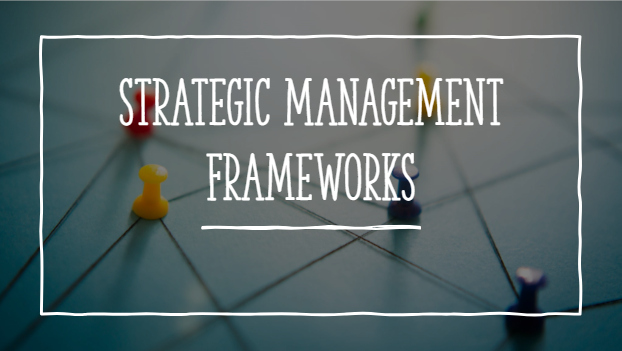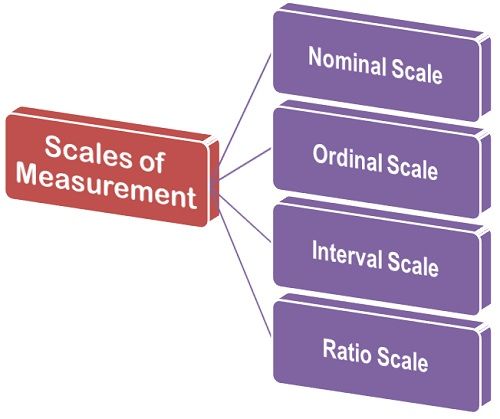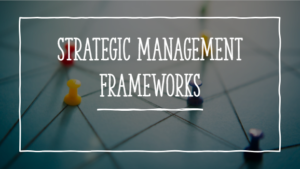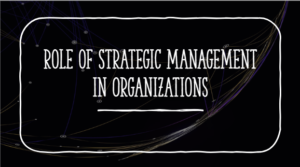Strategic management is the heartbeat of any successful organization. It’s the process of formulating and implementing strategies to achieve long-term goals and sustain a competitive advantage. Within this dynamic landscape, strategic management frameworks serve as invaluable tools. These frameworks provide structure, guidance, and clarity to organizations navigating the complexities of the business world. In this article, we will delve into the world of strategic management frameworks, exploring their significance, key components, and some well-known examples.
Also Visit THE INNOVIDEA for more articles
The Significance of Strategic Management Frameworks
- Strategic Clarity: Frameworks offer a structured approach to defining an organization’s vision, mission, and objectives. They help in clarifying the direction in which the organization should move.
- Alignment: They ensure alignment between various organizational elements, including resources, processes, and people, to support the achievement of strategic goals.
- Efficiency: Frameworks streamline the strategic planning and implementation process. They making it more efficient by providing a roadmap for decision-making and resource allocation.
- Risk Management: By assessing internal and external factors, frameworks aid in identifying potential risks and opportunities, allowing organizations to proactively respond to challenges.
Key Components of Strategic Management Frameworks
- Environmental Analysis: Understanding the external environment through tools like PESTEL analysis helps in identifying threats and opportunities.
- Internal Analysis: Evaluating an organization’s strengths and weaknesses using tools like SWOT (Strengths, Weaknesses, Opportunities, Threats) analysis is crucial for formulating effective strategies.
- Strategy Formulation: Developing clear and actionable strategies based on the analysis. This involves defining goals, selecting strategic options, and setting priorities.
- Strategy Implementation: Translating strategies into action plans, assigning responsibilities, and aligning resources with strategic goals.
- Performance Measurement: Establishing Key Performance Indicators (KPIs) to monitor progress and ensure strategies remain on track.
Well-Known Strategic Management Frameworks
- Porter’s Five Forces: Developed by Michael Porter, this framework analyzes the competitive forces in an industry to help organizations determine their competitive advantage.
- Balanced Scorecard: Introduced by Kaplan and Norton, it provides a holistic view of an organization’s performance by considering financial, customer, internal process, and learning and growth perspectives.
- Ansoff Matrix: This matrix helps organizations explore growth strategies by considering existing and new products/services in existing and new markets.
- BCG Matrix: Developed by the Boston Consulting Group, it classifies a company’s products into four categories to guide resource allocation.
- SWOT Analysis: A simple yet effective framework that assesses an organization’s internal strengths and weaknesses along with external opportunities and threats.
Conclusion
Strategic management frameworks are indispensable tools for organizations seeking sustainable success. They guide the strategic planning process, align organizational efforts. They provide a structured approach to navigate a rapidly changing business environment. Choosing the right framework depends on the organization’s unique circumstances and goals. By harnessing the power of these frameworks, businesses can enhance their strategic thinking, optimize resource allocation, and adapt to an ever-evolving competitive landscape. In today’s world, strategic management frameworks are not just tools; they are the compass that guides organizations towards their desired future.




